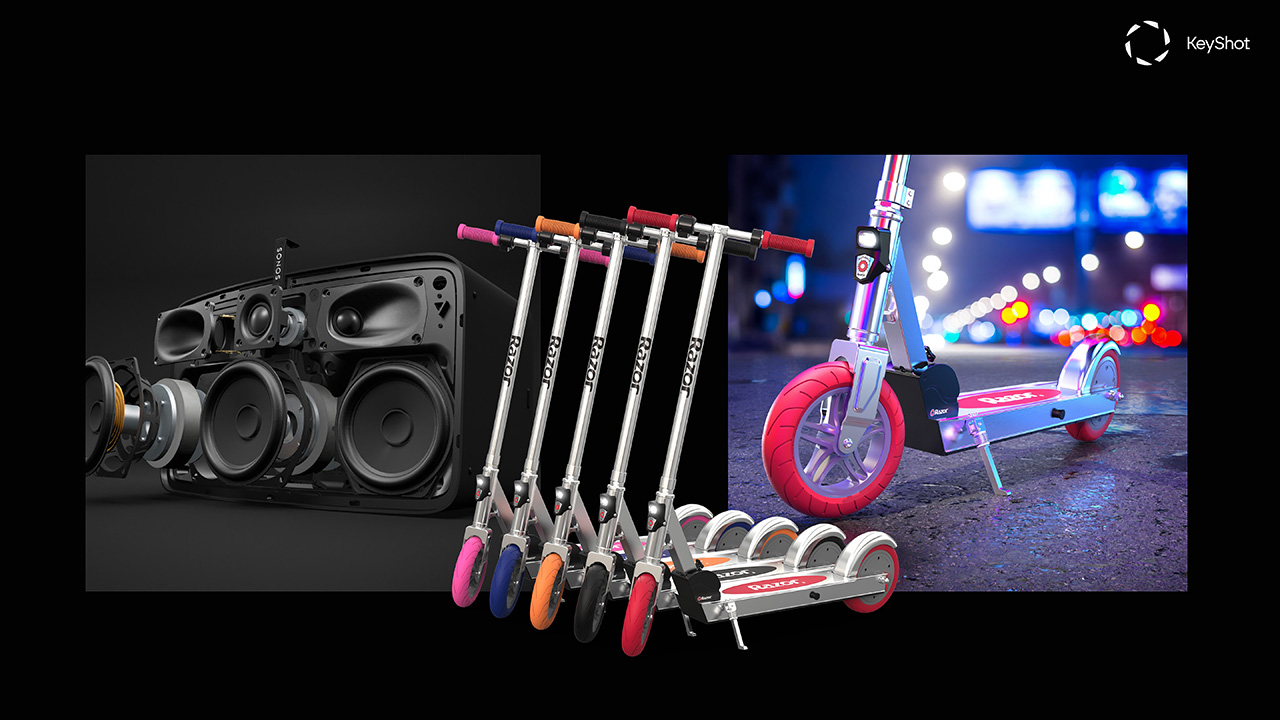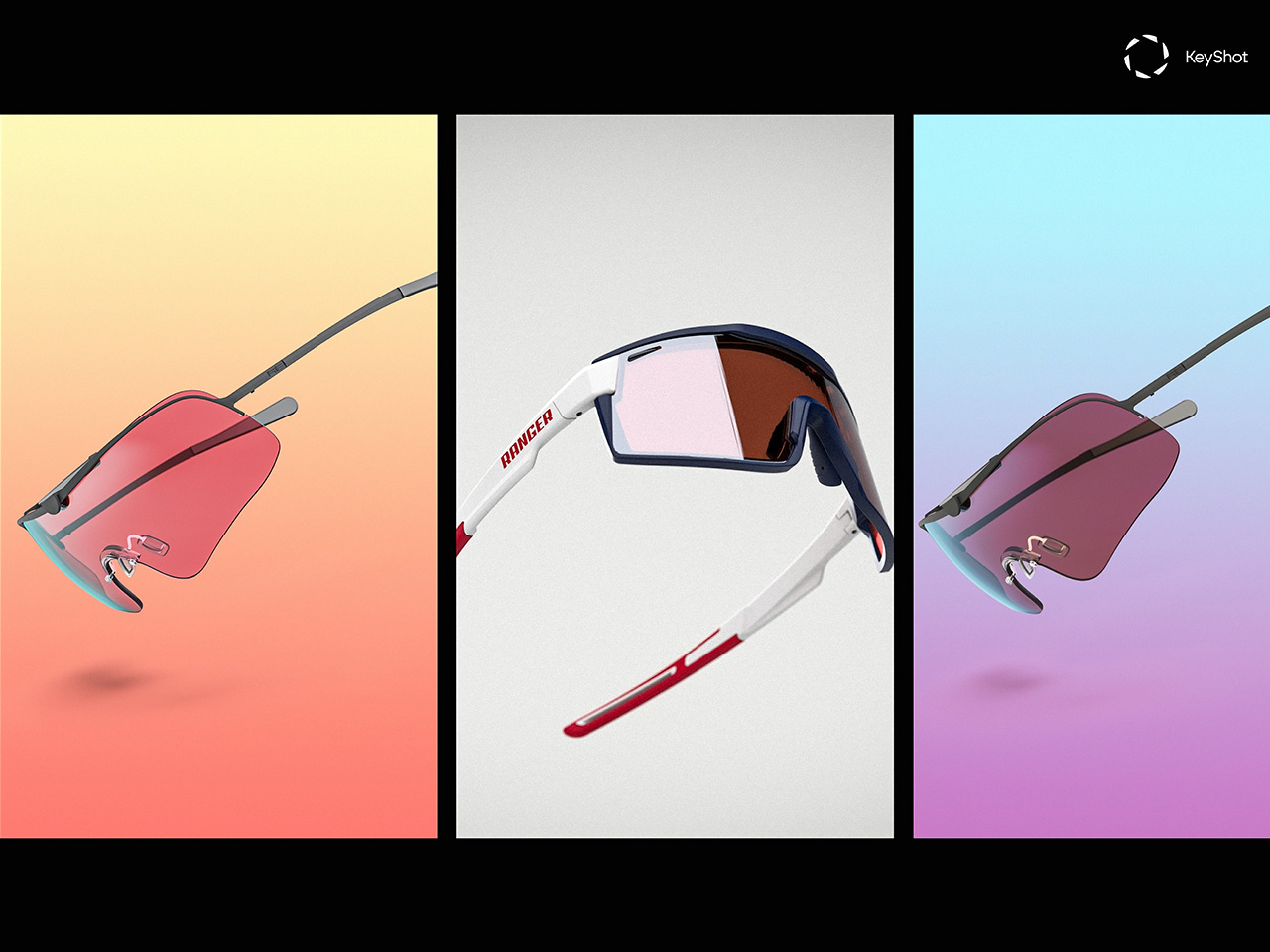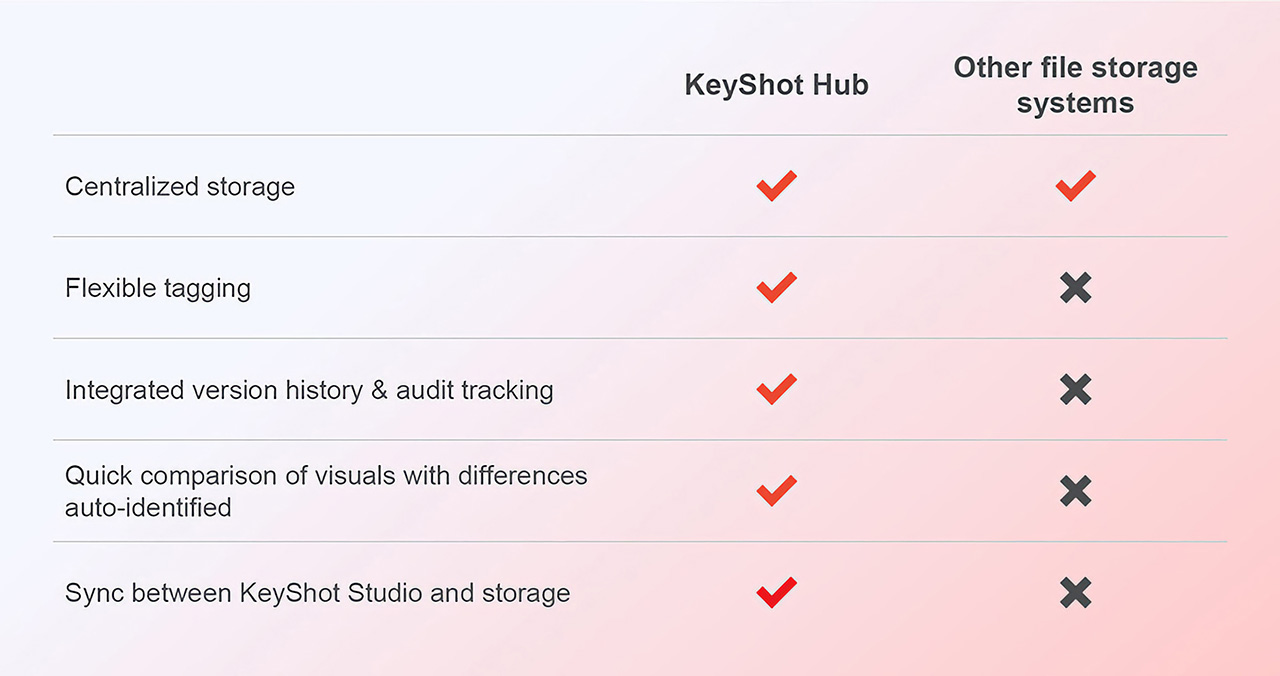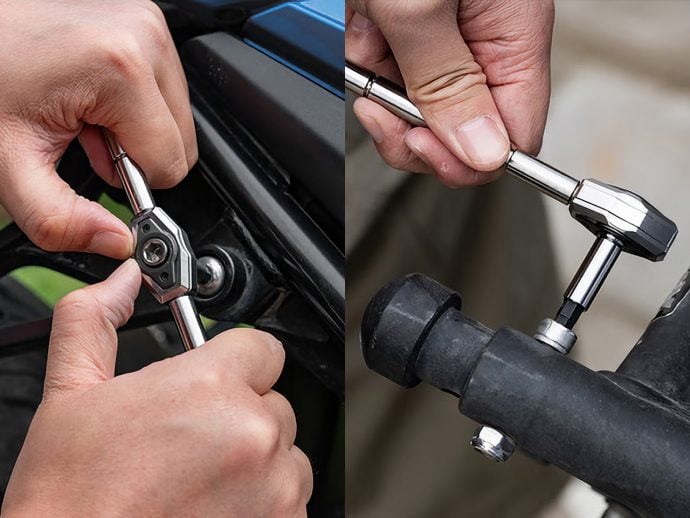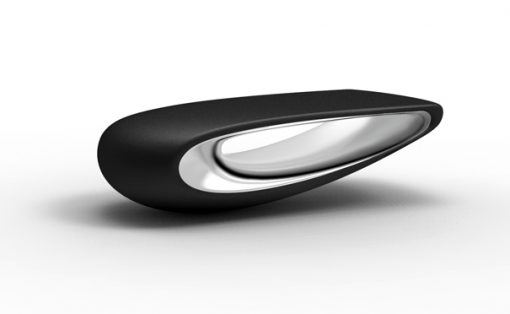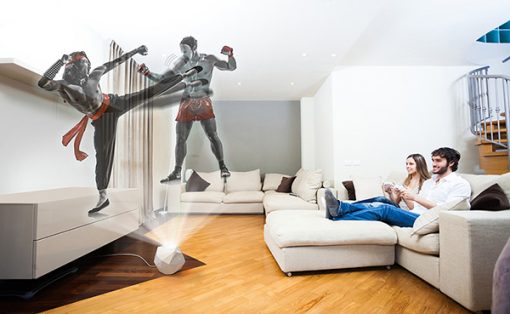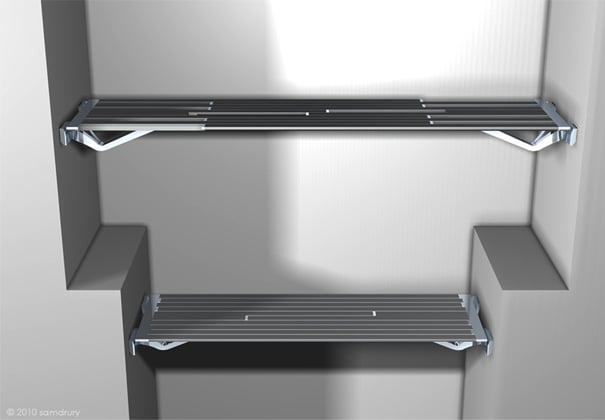We’re just weeks away from 2025, and sure, we could recap the year gone by – but more notably, we could also understand what the future holds for the design field. What shifts will shape the industry over the next decade? What skills and tools will define success for designers in the long term? And what trends will stick around rather than fading away like temporary fads?
KeyShot, a leader in 3D rendering software, offers unique insights into these questions. With two decades of experience working alongside freelancers, design teams, and major corporations, KeyShot’s expertise reflects the industry’s evolution. Their recent focus on a Product Design-to-Market approach connects design and go-to-market teams, streamlining workflows, reducing costs, and fostering innovation. This holistic strategy, complemented by tools like KeyShot Hub and KeyShot Dock, underscores how design processes are becoming more integrated and efficient.
Here’s a look at some of the trends that KeyShot predicts will shape the product design landscape for the next few years – from the rise of 3D visualization to the increasing importance of seamless team collaboration.
Take the KeyShot Product Design-to-Effeciency Assessment Here
Trend 1: 3D Renderings will take the Front Seat over Product Photography or AI
Traditional product photography—while effective—often creates bottlenecks. Equipment costs, travel for on-site shoots, and dependency on finalized prototypes slow marketing timelines and inflate budgets. Compounding this challenge is modern consumers’ expectation of interactive visuals, like animated and 360-degree views, before making a purchase.
Enter 3D product renderings. By repurposing design-stage assets, marketing teams can drastically reduce costs and time-to-market. For instance, Oliver Yu, who managed imagery for a gaming accessories manufacturer, turned to KeyShot Studio after restructuring left his team stretched thin. He found it far more efficient than producing physical samples for photography.
With KeyShot Studio, “All of this can be done digitally before a single sample has ever been made, allowing all the stakeholders to have a photorealistic visual of the products, ultimately saving hundreds of thousands of dollars annually in sampling costs,” Yu said. Various KeyShot customers have shared that they save anywhere from $500,000 to over $10 million annually by using product renderings instead of photos.
Similarly, Randolph Engineering, known for high-end eyewear, revolutionized their workflow with KeyShot Studio. Previously, capturing product images was a laborious process due to the reflective nature of glasses. Art Director Jeff Davidson found that digital renderings not only saved time but also fostered closer collaboration with the engineering team, as they could refine materials like frame finishes and lenses together.
The financial and logistical benefits are clear, but perhaps the most compelling advantage is sales impact. A Shopify study revealed that 3D visuals outperform static images, boosting online conversion rates by 94%. This data underscores why more brands are turning to tools like KeyShot to stay competitive in e-commerce.
Trend 2: “Faster & Cheaper” Digital Prototypes Will Replace Physical Models
In product development, budget constraints and tight timelines are constant challenges. Physical prototypes, while valuable, can drain resources and slow innovation. Increasingly, designers and engineers are adopting digital prototypes—hyper-realistic 3D renderings that simulate physical models.
Neil O’Connell, a veteran product developer for companies like Microsoft and Lenovo, highlighted the efficiency of this approach. “Instead of spending weeks or months and thousands of dollars on physical prototypes, digital prototypes are faster, cheaper, and often lead to better design decisions,” O’Connell said.
Digital renderings also make complex concepts accessible to non-technical stakeholders. By using animations, exploded views, and cross-sections, engineers can communicate ideas effectively to executives, enabling quicker, more informed decisions.
At Sonos, 3D renderings play a vital role throughout the product lifecycle. Former design lead Stefan Reichert noted how KeyShot visualizations speed up cross-functional collaboration, ensuring clear communication across engineering, acoustic, and wireless teams. Razor, the globally recognized scooter brand, also relies on KeyShot renderings at every stage of development, from ideation to production.
Trend 3: Design Teamwork Will Become Less Manual and More Efficient
While design is inherently creative, many designers find themselves bogged down by administrative tasks like managing files, tracking revisions, or consolidating feedback. These inefficiencies not only waste time but also stifle innovation.
KeyShot addressed this challenge with KeyShot Hub, a platform designed to simplify collaboration and asset management. Acting as a central repository, Hub ensures all team members have access to the latest file versions, eliminating duplication and reducing miscommunication or wasted productivity. In fact, KeyShot’s developers even designed a tool to ‘measure’ this waste, providing a rough estimate of lost productivity and revenue caused by these logistical inefficiencies. You can try the free tool out here!
KeyShot Product Manager Garin Gardiner noted that Hub is particularly valuable for material management. Teams can work from a unified material library, making updates instantly accessible across the organization. Additionally, automated tagging of assets—like Model Sets or Camera Views—saves time during file searches.
Gardiner also shared that companies often underestimate how much time they lose to inefficient workflows. Yanko Design even interviewed Gardiner to know about how the new KeyShot Hub was built specifically to address the logistical challenges faced by design teams. Gardiner has also provided a full walk-through of Hub, including its integration with KeyShot Studio, on YouTube.
The Future of Product Design Is More Connected/Collaborative Than Before
The trends driving product design emphasize connection—between tools, teams, and processes. KeyShot’s commitment to a Product Design-to-Market strategy exemplifies this holistic approach, equipping designers with the technology to work smarter and collaborate seamlessly.
Whether it’s the rise of 3D renderings in marketing, the efficiency of digital prototypes, or the streamlining of collaborative workflows, the future of product design is defined by tools that empower creativity and communication. KeyShot’s suite of solutions is setting the stage for this evolution, helping designers not just keep up but lead the way.
Take the KeyShot Product Design-to-Effeciency Assessment Here


